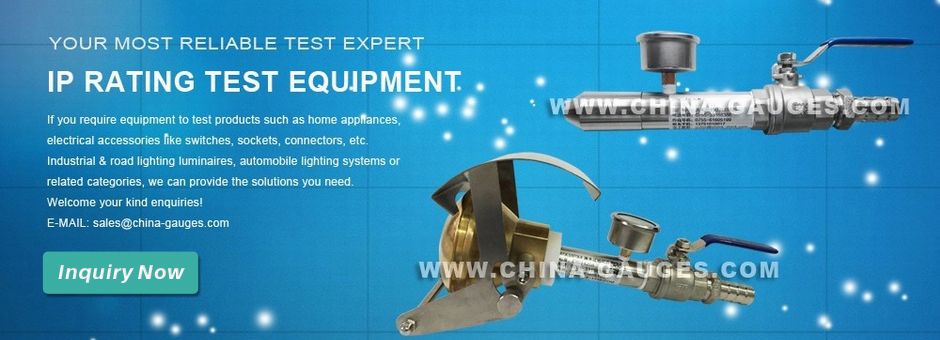contact us
products
- Main Products
technical articles
Company News
When specifying plain cylindrical gages you need to identify three parameters: Gage Size; Gage Tolerance; Gage Function.
Usage is specified by the applying the terms: GO; NOGO; or Master.
GO, NOGO and Master cylindrical plain gauges have different intended
uses.
A GO cylindrical plain gage is intended to go into/onto the
piece being tested. The GO is testing the maximum material condition.
A NOGO cylindrical plain gauge is intended not to go into/onto the piece
being tested. The NOGO is testing the minimum material condition.
A Master cylindrical plain gage is intended to be used as a master for setting another tool or gauge to size.
Tolerances are applied differently to cylindrical plain ring gauges than they are to cylindrical plain plug gages.
Size difference example = 1.0000" X cylindrical plain ring gage.
1.0000" X GO = nominal size -X = 1.0000"-0.00006" = actual gauge size range of:
0.99994"/1.00000"
1.0000" X NOGO = nominal size +X = 1.0000"+0.00006"
= actual gage size range of: 1.00000"/1.00006"
1.0000" X Master =
nominal size +/-X/2 = 1.0000"+/-0.00003" = actual gauge size range of:
0.99997"/1.00003"
Size difference example = 1.0000" X cylindrical plain plug gage.
1.0000" X GO = nominal size +X = 1.0000"+0.00006" = actual gauge size range of:
1.00000"/1.00006"
1.0000" X NOGO = nominal size -X = 1.0000"-0.00006"
= actual gage size range of: 0.99994"/1.00000"
1.0000" X Master =
nominal size +/-X/2 = 1.0000"+/-0.00003" = actual gauge size range of:
0.99997"/1.00003"













